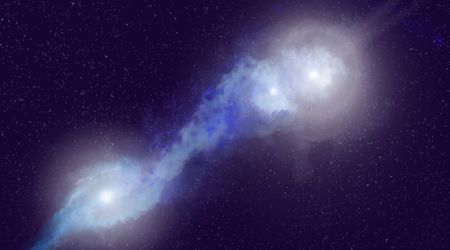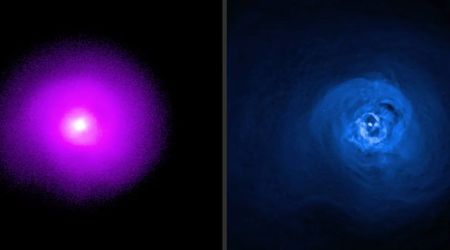Century-old mystery solved? Scientists may have 'seen' dark matter for the very first time
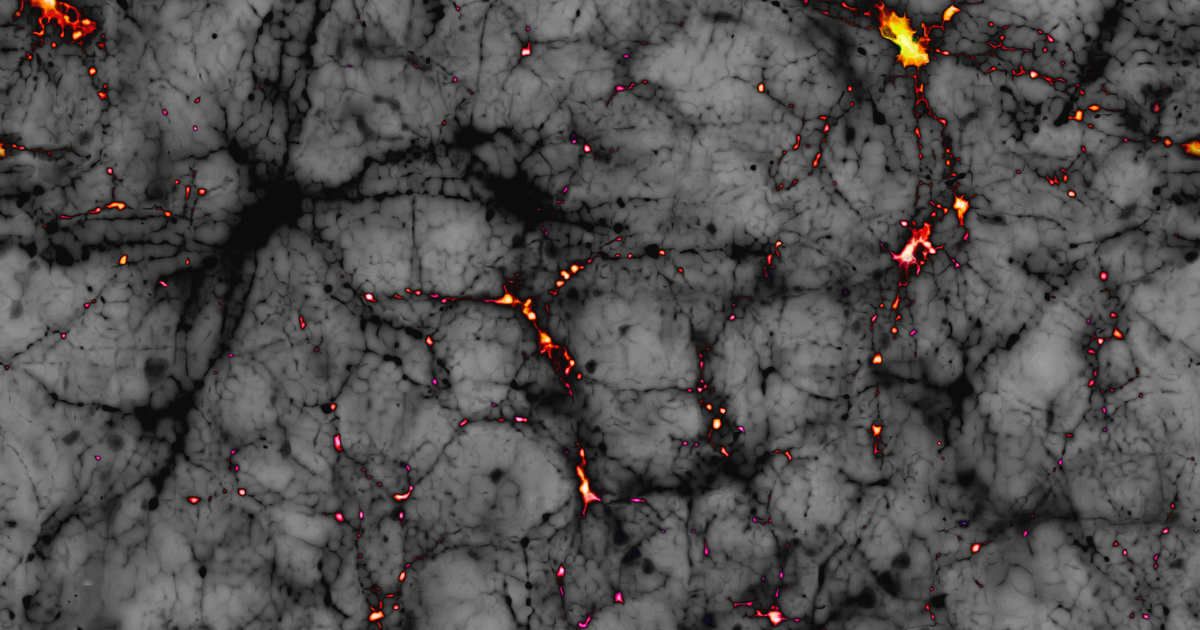
For nearly 100 years since its discovery, dark matter has been known only by its powerful gravitational tug on the universe. Now, a new analysis of data from a NASA space telescope suggests scientists may have directly detected this elusive substance for the very first time, as per the University of Tokyo.

The search for dark matter began in the 1930s when astronomer Fritz Zwicky realized that galaxies are spinning faster than their mass should allow, and he proposed that there was an unseen material acting as the cosmic glue.
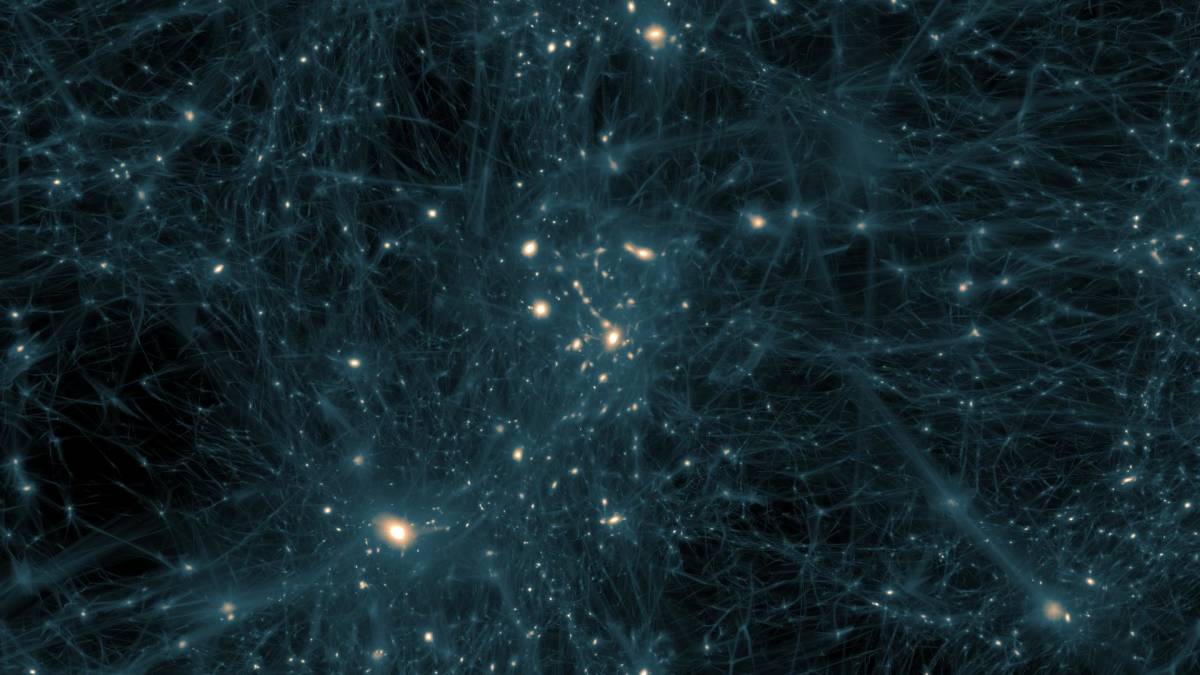
That makes dark matter mysterious, since it does not interact with light: it does not absorb, reflect, or emit it, and therefore cannot be seen directly. Researchers thus far have been able to indirectly observe only its effects, such as the force exerted that prevents galaxies from flying apart. According to many, dark matter consists of WIMPs, Weakly Interacting Massive Particles. According to the theory, when two of these WIMPs collide, they destroy each other in a burst of high-energy gamma ray photons.
Using new data from the Fermi Gamma-ray Space Telescope, University of Tokyo Professor Tomonori Totani thinks he has uncovered the long-anticipated evidence. Totani concentrated his efforts on the thick central region of our own Milky Way galaxy, a place where dark matter would, in theory, be packed tightly. He discovered gamma rays, with an incredibly high energy of 20 billion electronvolts, arranged in a halo-like shape around the galactic center. "The gamma-ray emission component closely matches the shape expected from the dark matter halo,” Totani explained.

The energy pattern of the detected gamma rays perfectly matches the predicted emission from the annihilation of theoretical WIMPs, estimated to be about 500 times heavier than a proton. Totani stressed that these readings are not easily explained by common astronomical activity, which makes this a strong indication that the radiation is coming from dark matter. “If this is correct, to the extent of my knowledge, it would mark the first time humanity has ‘seen’ dark matter," he continues, "It turns out that dark matter is a new particle not included in the current standard model of particle physics. This signifies a major development in astronomy and physics."

These findings are published in the Journal of Cosmology and Astroparticle Physics, but the scientific community is still waiting for independent verification by other research teams. Confirmation from similar observations in other high-concentration areas, such as dwarf galaxies, would further solidify this potentially revolutionary discovery.
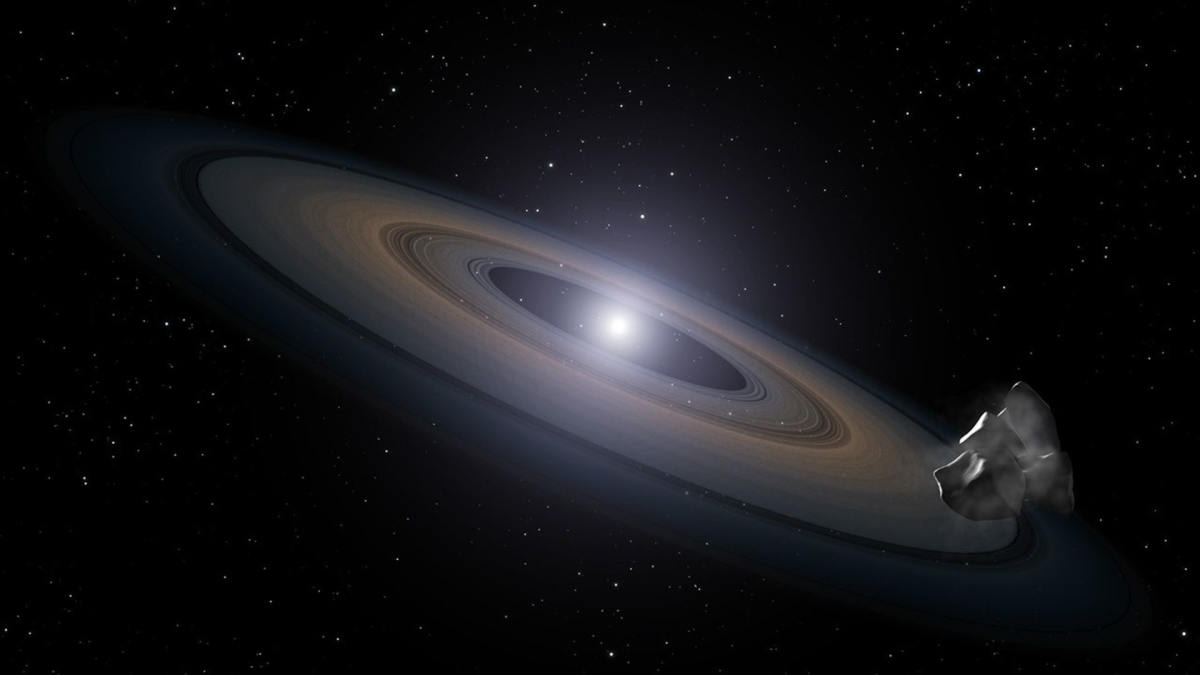
Meanwhile, in one of the most profound shifts in current scientific thought, a new calculation indicates that the universe's ultimate fate may not be endless expansion; instead, it will collapse in a cataclysmic event called the "Big Crunch." The study, led by Cornell physicist Henry Tye, uses recent data collected from the Dark Energy Survey (DES) and Dark Energy Spectroscopic Instrument (DESI) observatories. According to Tye's model, the universe would reach a maximum size in approximately 11 billion years, after which the strong pull of gravity would ultimately cause a rapid contraction. This final collapse is predicted to happen in about 20 billion years, bringing the universe's roughly 33-billion-year total lifetime to a close.
More on Starlust
Cosmic mystery solved? Dark matter may not be entirely 'dark' after all, new research suggests
Astronomers suggest gigantic 'lampshades' of dark matter may be hiding distant stars from our view

